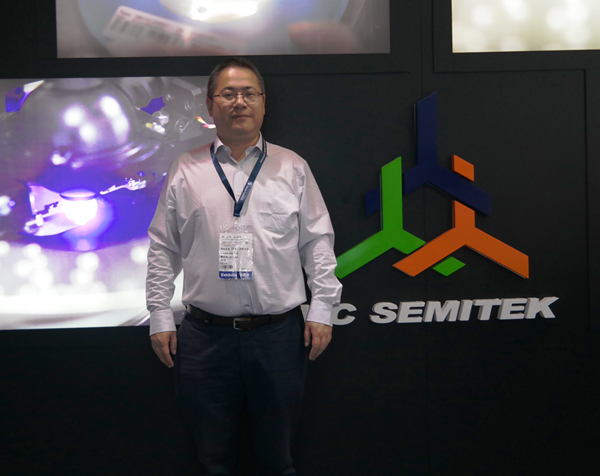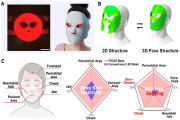The China LED chip industry is highly concentrated at this point. It is undergoing an reshuffle and slowly transitioning to a dynamic where LED chip and package behemoths San’an Opto and HC SemiTek pretty much lead and even control the pack. In the face of upcoming capacity expansion from major manufacturers, is there really a way for other SMEs to sail through such turbulent waters?
LEDinside had an exclusive interview with HC Semitek’s marketing director Songgang Shi to disclose the outlook of China’s LED chip market and the strategic planning in the industry.
 |
|
HC Semitek’s marketing director Songgang Shi (Image: LEDinside) |
Higher Barriers to Entry Lock Out SMEs
The LED chip industry has become more mature than before. More and more market share is held by companies with advantages in business scale and manufacturing technology. The market structure has basically been formed in a way that its change and growth is largely capital-driven.
For those LED chip SMEs, they aren’t even able to compete without enough finance, especially when it comes to such heavy capital dependent processes in chip manufacture. HC Semitek’s Shi also explained, ‘the LED chip market have been developed to the point where only companies of certain business scales would survive. It has built higher barriers to entry and forced SMEs to exit.
According to LEDinside’s survey, by the end of 2017, capacity from major chip manufacturers such as HC Semitek will see a massive boost; and that’s also when SMEs will be frozen out. The great number of attendees at GILE 2017 appeared to be a false hope for those SMEs. What’s on their hands are a few old MOCVD machines, not much of a help, to be fair. The future ahead of them isn’t bright at all and they might be engulfed in darkness.
Even the Niches Are Packed
Niche LED applications are growing indeed, but if those SMEs plan to earn profit by focusing on the niches, they might think it wrong.
Recently, to avoid price wars stirred up by Chinese LED makers, Taiwanese companies have been undergoing business transformation. For instance, Arima Opto gave up on the blue LED market. BRTLED stopped producing GaN-based LEDs in 2016. Instead, it invested in KoBrite’s blue LED chip and shifted its focus to the fabrication of IR LED and AlInGaP LED. With the fact that the LED penetration in lighting has hit a new high, fewer and fewer Taiwanese companies want to continue their blue LED businesses. The situation in China is similar, plus there’s pressure from major corporations’ capacity expansion.
Shi addressed that few niche markets have space for SMEs. These days, markets tend to be more transparent. Niche applications require technology and equipment more advanced than that for conventional LED lighting. Corporations with competitive business scales and finance are able to pour their investment in new technology and equipment and integrate their product lines, while SMEs will struggle upgrading their businesses with very limited scales and capital. It is not a matter of if but when those SMEs will be forced out of the markets.
HC Semitek raised its investment on new technology development since last year, said Shi. It is expected to commercialize its IR LED by the end of this year. It has attained its first achievement in co-developing Micro LED with some renowned company. In addition, HC Semitek also put more effort in deep UV LED and horticultural lighting.
Flip Chip and CSP LEDs Will Reach More Market Share
A lot of CSP and flip chip LEDs were exhibited at GILE 2017. Clearly, they have now become focuses of the industry.
Chip scale package (CSP) LED, of which the technology is derived and simplified from that of flip chip LED package, causes high production cost. ‘High-cost advanced technology is normally firstly used in niche markets. Yet, in the long run, when the cost decreases and the technology takes hold, the penetration (of CSP) will start to increase,’ said Shi.





 CN
TW
EN
CN
TW
EN






